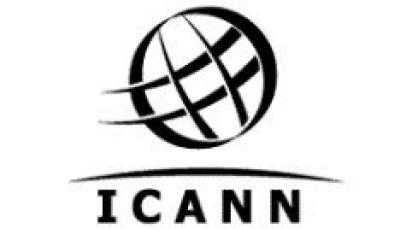ICANN Community Awaits New gTLD Rules

People wanting to start their own “dot-anything” domain, will have to wait for ICANN to rule on potential trademark conflicts
People who want one of the Internet’s new generic top-level domain names, due to be launched next year, have to wait for new guidelines on how to apply.
From next year, the Internet’s governing body ICANN (the Internet Corporation for Assigned Names and Numbers) plans to open up a potentially infinite number of new generic top level domains (gTLDs) – allowing “dot-anything”, alongside existing domains such as dot-com and others in the pipeline, such as dot-eco.
Before potential owners can apply, they must wait for a guidebook, the third draft of which (DAG3) is imminently due, and will firm up ICANN policy on trademarks and other issues arising from the new domains.
Following consultations, DAG13 will address the four so-called overarching issues the body set out to look into earlier this year, namely, the demand for and economic analysis of launching new TLDs, security and stability concerns, the potential for malicious conduct in the new space and, the matter that has been most controversial, trademark protection.
In April, ICANN established a team of trademark experts (including lawyers from Microsoft and Yahoo!) to propose how trademarks could be protected as the body welcomes an infinite number of applications for new gTLDs. The Implementation Recommendation Team (IRT) proposed a raft of measures including a globally protected marks list (which would house a set number of the world’s most famous trademarks) and a Uniform Rapid Suspension system (URS). The URS would give trademark holders the right to have registries freeze a domain name where there is no genuine contestable issue that the registrant is abusing the trademark holder’s rights.
Many potential applicants, especially the large registries, had already been planning for such a system anyway. “We support a modified URS,” said Richard Tindal from eNom, the second largest domain name registry. The URS also gained support from attendees at ICANN’s series of live consultations held in New York, London, Abu Dhabi and Hong Kong this summer. Karla Valente, ICANN’s director of communications, products and services, revealed recently that around two-thirds of attendees at the summer events “broadly supported” the URS. The domain name industry is, however, largely opposed. One blogger called it the “UDRP on steroids”.
Tindal added that while eNom wants to see a fast takedown adopted, “we believe the URS version recommended by the IRT needs some additional safeguards so it is not abused by over-zealous trademark holders or malicious parties”.
ICANN staff therefore have a fine line to tread with this next version of the DAG. Rumours are already circulating that the trademark protection measures may be released separately as they are too crucial to be included within a larger document. One member of the IRT told eWEEK Europe that they may be “coming out in a companion report”.
Many observers expect ICANN to consult with the Generic Names Supporting Organization before deciding on the specific version of the URS to adopt, a process which may indeed take too long for the proposal to be included in the DAG3. “We think it is highly likely the final DAG will contain URS provisions,” Tindal added.
The domain name issue comes at a time when ICANN is becoming increasingly international. This week, an agreement with the US government ensures its independence, following criticism from the EU over US government involvement with the management fo the Internet.

Once published, the DAG3 will be open for public consultation.